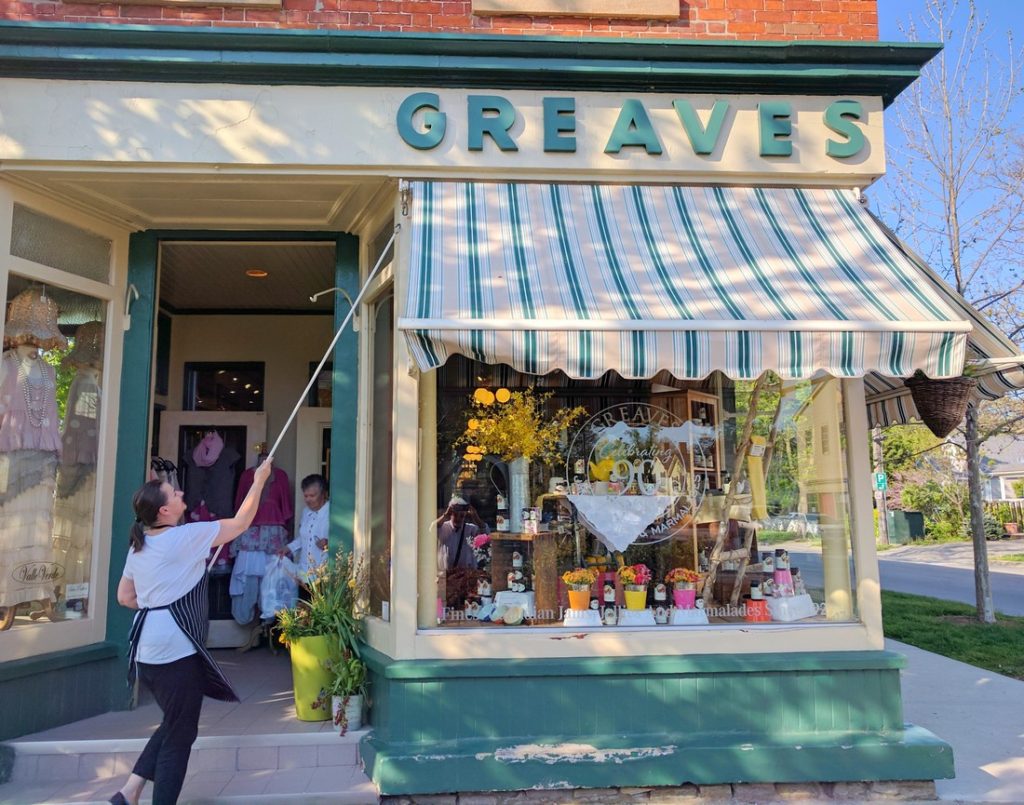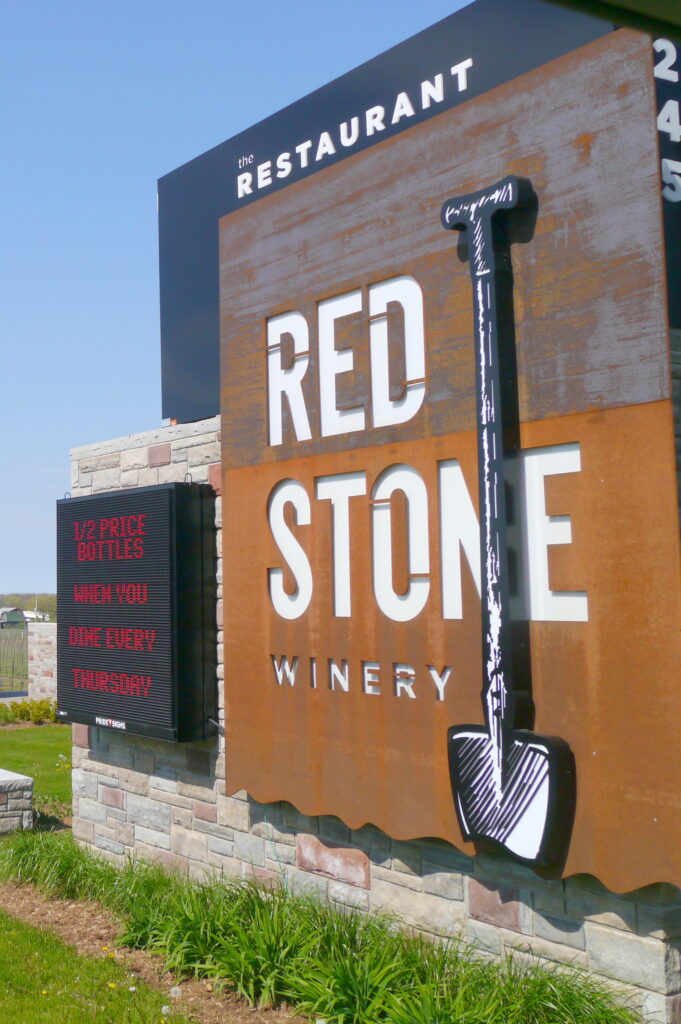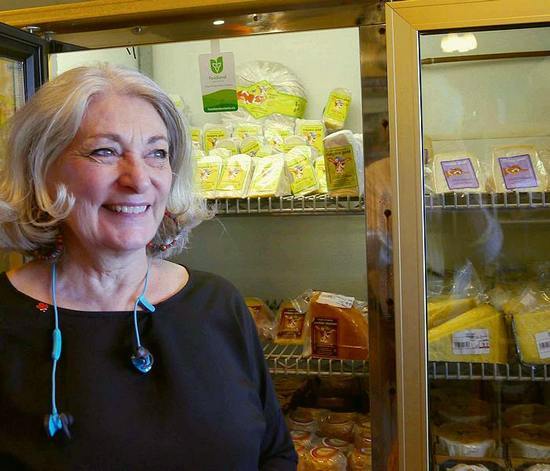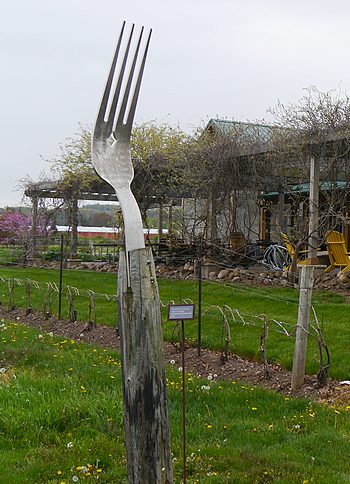
Fruits, now and forever, in Niagara
Grapes may rule the Niagara Peninsula today. But peach farmers were the first to recognize the potential of the rich soils of the limestone escarpment. When they planted peach orchards in 1825, they set the area on its agricultural path. By 1950, the Niagara Peninsula boasted more than 4,000 fruit farms, with peaches and cherries the dominant crops. Many former orchards have been transformed to vineyards. But Niagara still supplies about 90 percent of Ontario's peaches, plums, nectarines, and apricots—as well as the lion's share of plums, pears, and cherries. That's according to the Ontario Ministry of Agriculture, Food and Rural Affairs, the agency charged with paying attention to such things. The folks in the area seem to keep an equally close eye. They wait...Read More





